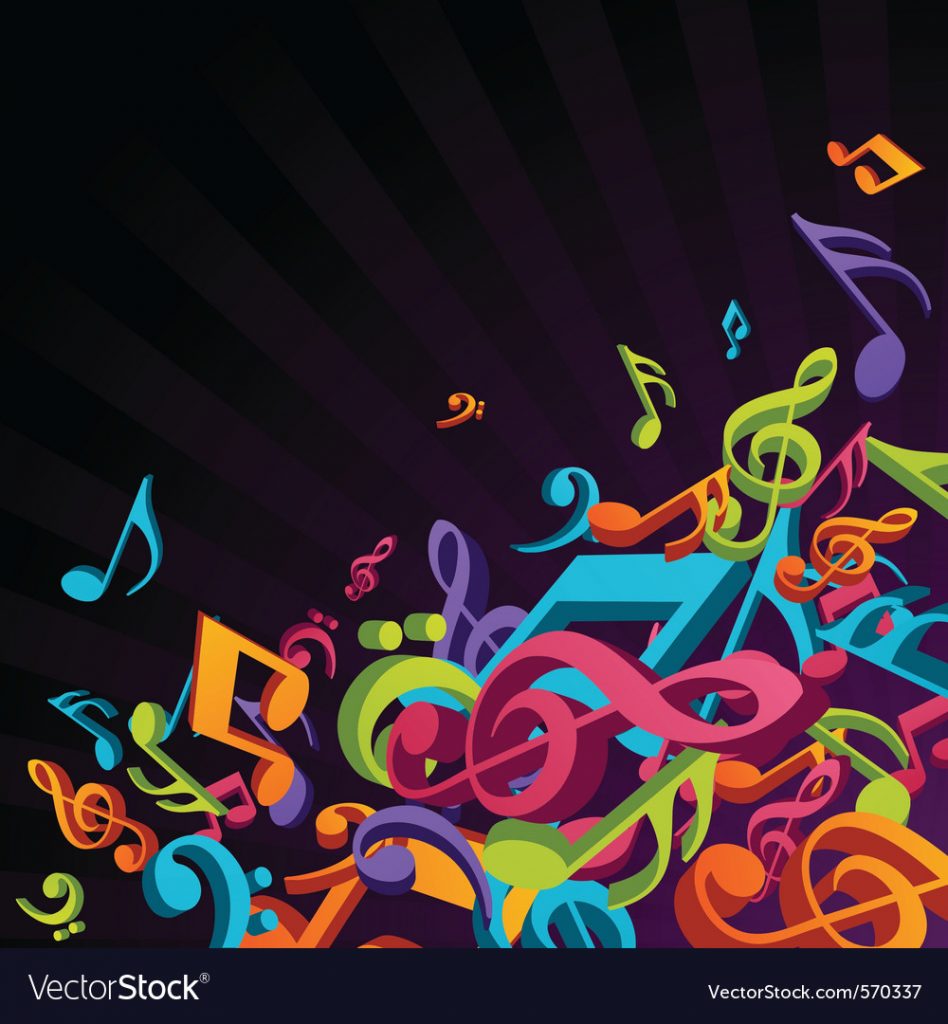India is a country full of diversity and as diverse is the culture in every corner of the country, so is its music. Each state speaks a different language and has a distinctive form of music indigenous to it. Every style of music has a unique sound and Indian Music is acknowledged worldwide for this. Starting this month, in a two-part series, the focus will be on the
different styles and types of music in India.
Hindustani Music and Carnatic Music
Indian classical music has been broadly divided into Hindustani and Carnatic music. Hindustani music is essentially the music of northern India which has been influenced by music from Persia and Central Asia. Carnatic Music is the classical music of southern India. The overall structure of Carnatic music is similar to that of Hindustani Music in the sense that both have ragas but the rhythms and musical instruments are different. Carnatic Music lays emphasis on vocal music which is more open to improvisation. Purandara Dasa is considered to be the Father of Carnatic Music. Annamayya is the first known composer of Carnatic music. The Trinity of Carnatic music, also known as The Three Jewels of Carnatic music, refer to the exceptional trio of composer-musicians of Carnatic music in the 18th century, being Tyagaraja, Muthuswami Dikshitar and Syama Sastri.
Music from the north or Hindustani Music can be divided into classical music which includes dhamar, tarana, sadra and semi-classical music which includes vocal styles like dadra, ghazal, qawwali and thumri. Dhrupad is an austere form of classical singing and playing which is widely associated with the famous Mughal singer Tansen. Instruments used are
tanpura and pakhawaj barrel drum. Khayal is a form of classical singing not as rigid as Dhrupad-the singer mainly concentrates on the notes of the raga and improvises the structure. Khayals are considered as Hindustani semi-classical pieces.
Thumri is another fixture of Hindustani semi-classical music. It evolved in the 19 th century by Nawab Wajid Ali Shah and is an emotional style known for its lyrical strains. It is more accessible than dhrupad or khayal and is associated with the kathak dance form. Thumri is sung in a literary dialect of Hindi called Braj Bhasha. Ustad Bade Ghulam Ali Khan and
Begum Akhtar are well known connoisseurs of this form of music. Dadri, Hori, Chaiti, Kajri and Jhool are all sub-genres of Thumri.
Qawwali is a kind of Sufi devotional music which has a fast-paced style of singing. Developed in the thirteenth century, it is basically performing Sufi poetry to music. Qawwali songs are based on spiritual Sufi poems usually depicting the relationship between a higher being and man or between humans. Qawwali has a very distinct sound, is easily recognizable and is quite popular too. The origin of qawwali is attributed to Amir Khusrau, a Sufi poet and composer who is also known to have invented the sitar and the tabla. His poems form the centre point of Qawwali.
A ghazal is originally more poetic in form than musical and is based on both folk melodies and ragas with rhyming couplets. It is an ancient music form with its origin in Arabic poetry. Essential elements found in ghazals are shayari or love poems often taken from Urdu poetry and transformed into ghazals with slow paced music.
Classical music is part of the rich heritage of India and apart from the above mentioned broad based categories, there are other varied types of Indian music as well. In the second part of this series we will look into those other forms which are part of the huge Indian music repertoire.








